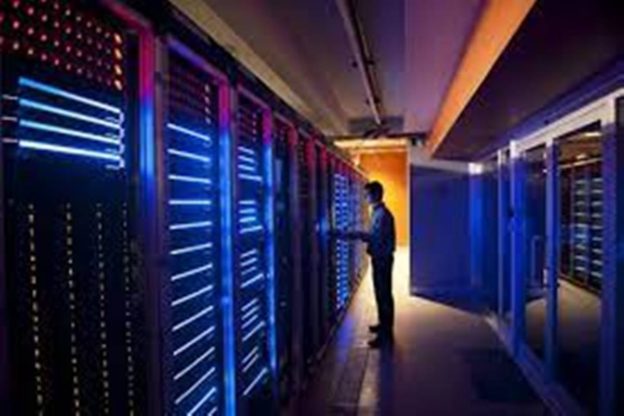Major global cities like Amsterdam and Singapore are shunning any new data centres because they “suck out” power, and we need to be circumspect about concentrating all the capacities in or around the financial capital, says Microsoft executive.
Major global cities like Amsterdam and Singapore are shunning any new data centres because they “suck out” power, and we need to be circumspect about concentrating all the capacities in or around the financial capital, a senior industry official said on Monday. Rather than concentrating the capacities in one city like Mumbai or Delhi or Chennai, there has to be a diversification in geographical locations, the executive from global tech major Microsoft suggested.
“Many of the developed cities, many of the developed countries have actually stopped building datacentres in those cities. Cities like Amsterdam, modern city like Ireland, extremely modern city like Singapore…they have almost stopped development of new datacentres in their cities. They are sucking out entire power of that city,” Rahul Dhar, country director, data centres, for Microsoft, said at an event organised by industry lobby CII.
He said the global experience gives something to learn for India and wondered if we have a task force working on the same.
“How can we completely decongest a city like Mumbai because it (datacentres) is sucking out the entire power of Mumbai or may be some other city like Chennai or New Delhi?” he questioned.
It can be noted that up until a few years ago, Maharashtra was facing an acute shortage of power and it was an islanding system that saved its capital Mumbai from the wider woes of the state. Speaking at the same event, Sify Technologies‘ Kamal Nath said his company set up India’s first datacentre in the Vashi railway station because of higher assurance of power supply at the site.
At present, over half of the datacentre capacity of the country is concentrated in Mumbai and estimates suggest the same contribution to continue even as the industry grows significantly owing to increased digital adoption, executives said.
They attributed the high interest in the financial capital to factors like cable landing, power availability and stability, dense fibre networks and supportive government policies.
Nath said in the last three years, over half of the overall 240 MW of datacentres added nationally have been in Mumbai or around. The overall capacity in Mumbai presently stands at 200 MW, and is expected to more than double to 410 MW by 2023, he said, pointing out that the stretch from Airoli to Mahape in Navi Mumbai is a hub.
He also announced a slew of expansion plans his own company is undertaking to increase capacities without disclosing the investments.
Speaking at the same event, Maharashtra’s industries minister Subhash Desai welcomed the interest shown by the industry and committed the state’s support.
Maharahstra Industrial Developmnet Corporation (MIDC) chief executive P Anbalagan said the state can earmark up to 250 acres in a 900 acres of land aggregated by the MIDC at Navi Mumbai’s Taloja for datacentres.
He said another 200 acres in Navi Mumbai is the first step for the growth of datacentres business, and also spoke about committing space near Pune and Nagpur for such facilities.
The MIDC can acquire even small tracts of land of up to 10 acres for datacentres by invoking “statutory” provisions, so that the industry gets un-encumbered land, he said.
The state will be able to do more once its new policy on information technology and information technology enabled services comes in, and added that the MIDC expects a government resolution on the same in the next one month.
https://cio.economictimes.indiatimes.com/news/corporate-news/india-must-rethink-on-data-centres-in-metros-microsoft-executive/85786681





